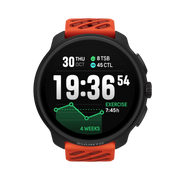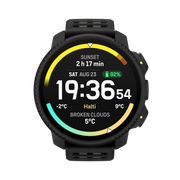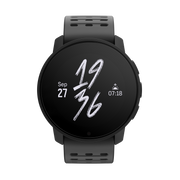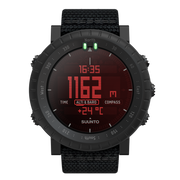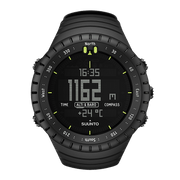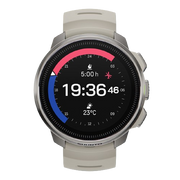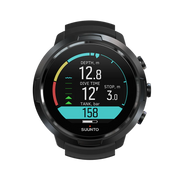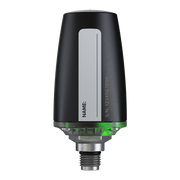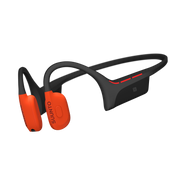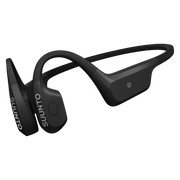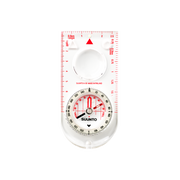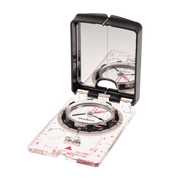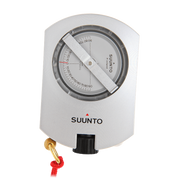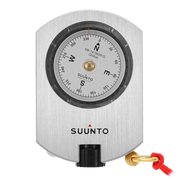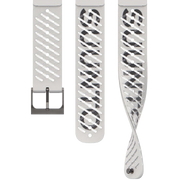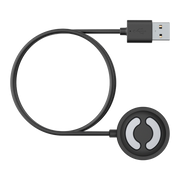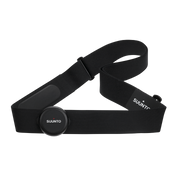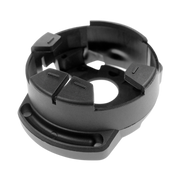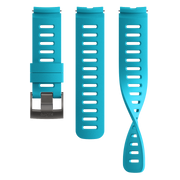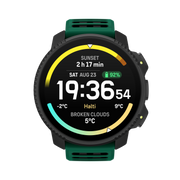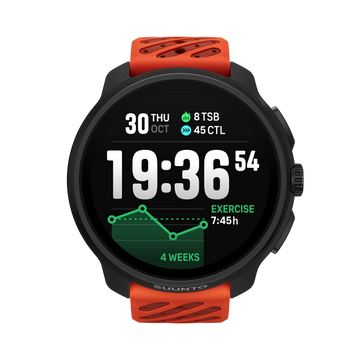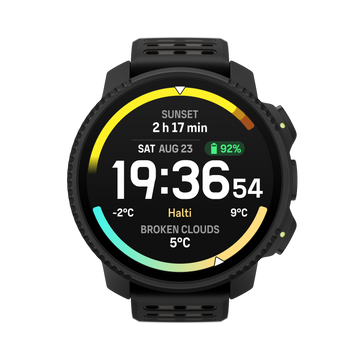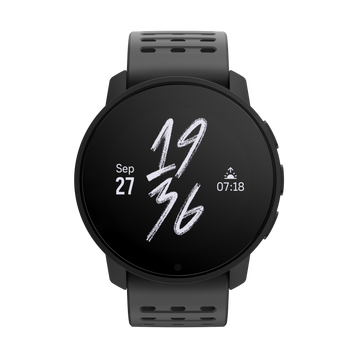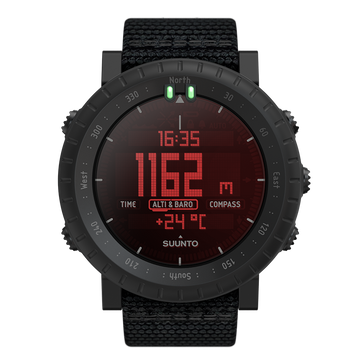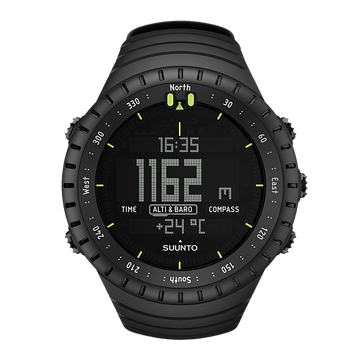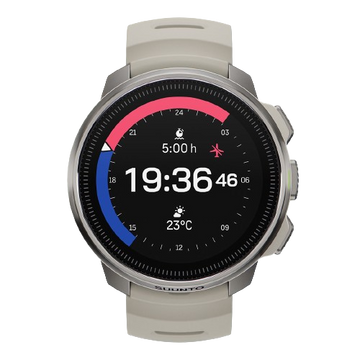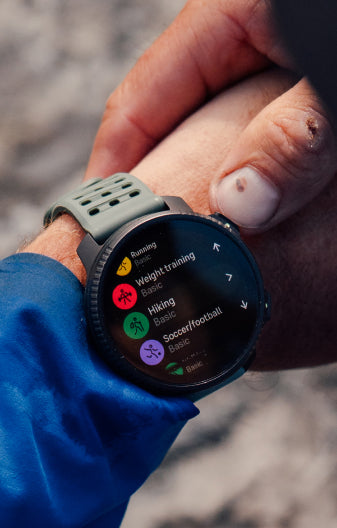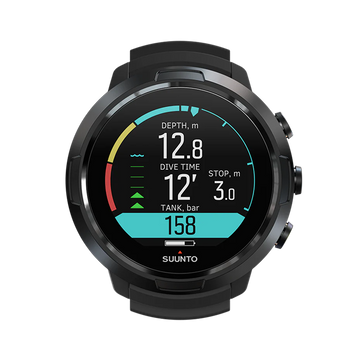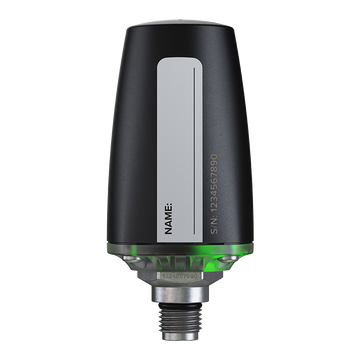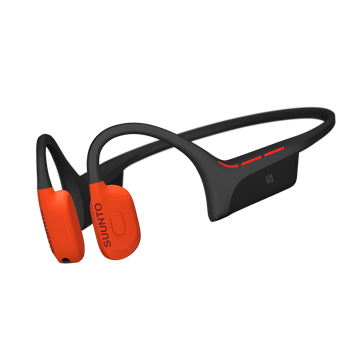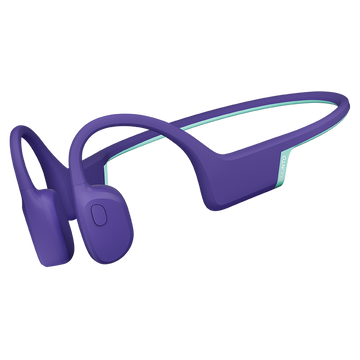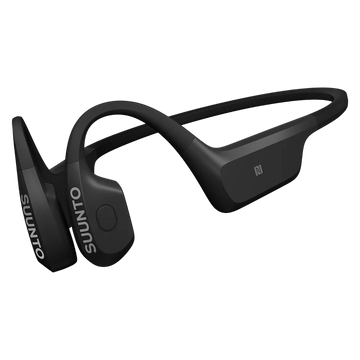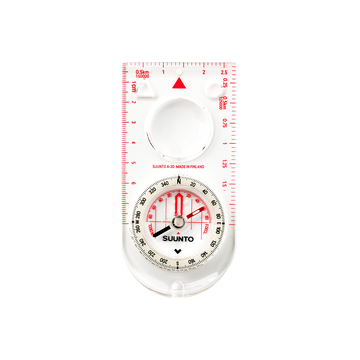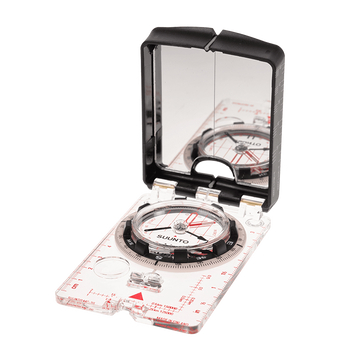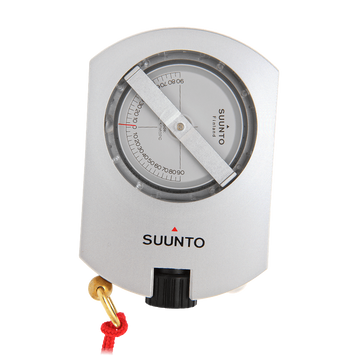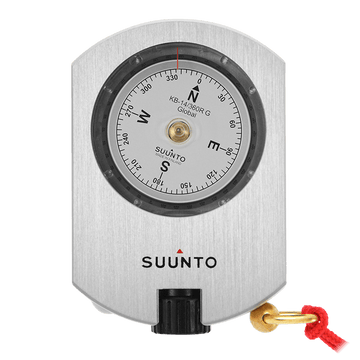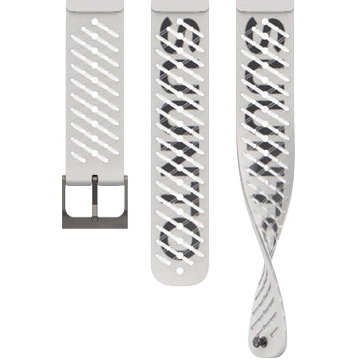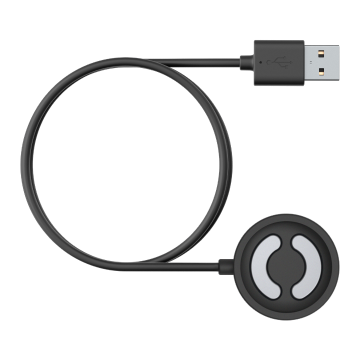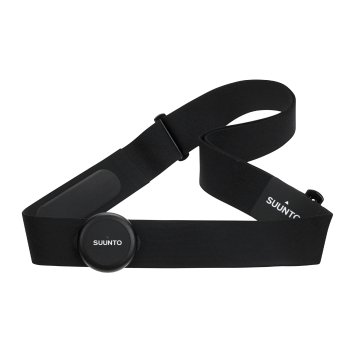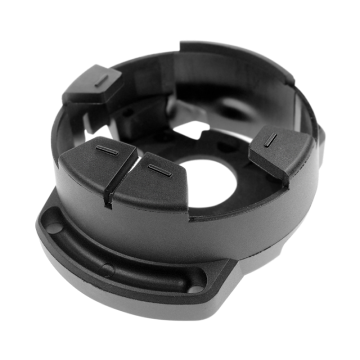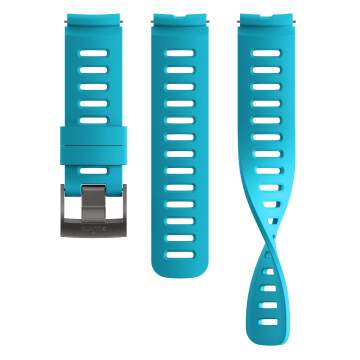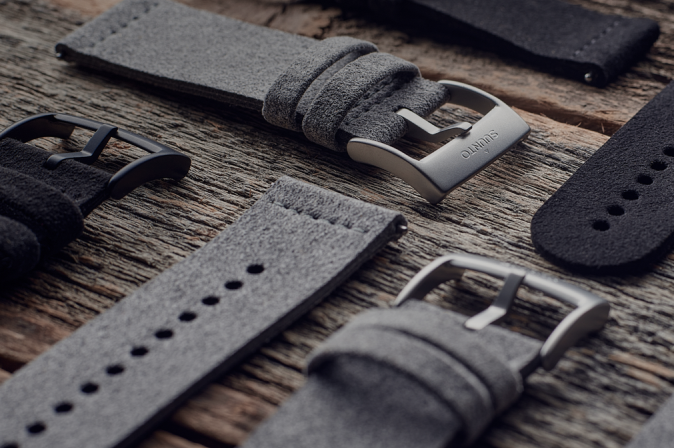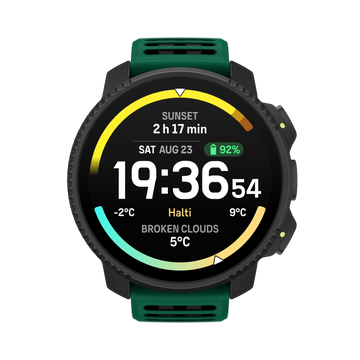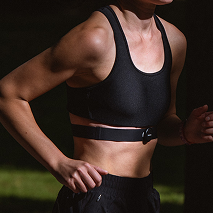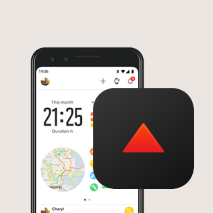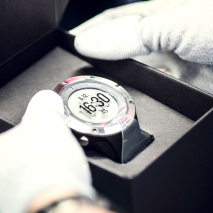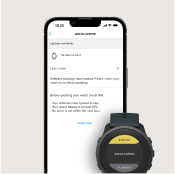

Suunto Blog

Suunto Vertical Week 2025 reached new heights!
The 11th annual Suunto Vertical Week was bigger than ever, bringing the community together for an epic challenge. Now, the results are in – see who climbed to the top!
From March 3–9, we challenged you to rack up as many vertical meters as possible. Once again, we set out to determine which nation and which activity type climbed the most. The data from the Suunto app is in – here are the results!
This year, you also had the chance to participate on Strava and support Protect Our Winters through the Vertical Week Strava Challenge. Our goal was to reach 1 million vertical meters, but you crushed that target – 121 times over!
We pledged to donate €1 for every 100 meters climbed to Protect Our Winters Europe, up to a limit of 1 million meters, to support their vital work in fighting climate change. Your passion exceeded all expectations – amazing!
Familiar names dominated the country rankings
In the country rankings for the average ascent per session, the usual suspects – nations in Europe’s mountainous regions – once again came out on top. Austria reclaimed the number one spot from Italy, while Switzerland held onto third place.
Average ascent per session by country
Austria – 399m
Italy – 392m
Switzerland – 373m
Slovenia – 346m
Slovakia – 305m
Spain – 273m
France – 271m
Germany – 230m
Czech Republic – 221m
Croatia – 214m
When looking at total ascent from all participants, France secured the top spot, followed by Spain and Italy.
Total ascent by country
France
Spain
Italy
Germany
Austria
Switzerland
Poland
USA
Slovenia
United Kingdom
On an individual level, ten participants climbed over 14,000 meters in a week – averaging more than 2,000 meters per day. Well done!
To make the top 10%, you needed to climb 2,200 meters – 75 meters less than last year but still 300 meters more than in 2023.
For the top 3%, the benchmark was 3,958 meters – 104 meters less than last year but 368 meters more than two years ago.
Ski tourers lead the way
As in previous years, ski tourers dominated. Ski touring was the only activity type where the top three countries averaged over 1,000 meters per session. The overall ski touring average was an impressive 947 meters.
However, when looking at the total number of big '1000-meter days', trail runners recorded the most this time.
The only country with more than one win in the activity type rankings was South Africa: They dominated both the mountain biking and cycling rankings. Congrats!
Ski touring
Austria – 1,044m
Switzerland – 1,036m
France – 1,005m
(All ski touring activities average per session: 947m)
Austria claimed the top spot, dethroning Slovakia, while France moved up to third. The 1000-meter mark remains a clear goal for skiers, with the entire top three surpassing it once again. Germany and Italy followed closely at 987 and 971 meters, respectively.
Mountaineering
France – 968m
Austria – 761m
Italy – 750m
(All mountaineering activities average per session: 633m)
France took a strong category win in mountaineering, with the average ascent for all mountaineering activities remaining exactly the same as last year! (Edit: The top 3 was corrected on March 14 due to an error on our dashboard.)
Trail running
Japan – 805m
Italy – 652m
Portugal – 592m
(All trail running activities average per session: 444m)
Japan continued to lead, though their average was lower than last year – perhaps due to deep powpow this winter?
Mountain biking
South Africa – 490m
Spain – 346m
Slovenia – 297m
(All moutain biking activities average per session: 368m)
South Africa maintained its top position despite a drop in its average from 645m to 490m. Is the country getting ready for the upcoming Cape Epic or what do these strong performances in the MTB rankings tell?
Gravel cycling
Czech Republic – 524m
Switzerland – 505m
Spain – 422m
(All gravel cycling activities average per session: 289m)
A full reshuffling – last year’s top three didn’t return to the podium this year! Is this a sign of gravel cycling still evolving and growing as a sport?
Cycling
South Africa – 490m
Spain – 346m
Slovenia – 297m
(All cycling activities average per session: 172m)
Spain and Slovenia held their ranks, but South Africa stole the show with another category win. Lekker, bru!
Trekking
Spain – 628m
Slovenia – 379m
Italy – 340m
(All trekking activities average per session: 334m)
Trekking had a fresh top 3 with Spain clearly taking the win.
Hiking
Slovenia – 555m
Portugal – 529m
Spain – 496m
(All hiking activities average per session: 235m)
Slovenia delivered strong performances across multiple categories this year: number one in hiking but also top three in mountain biking, cycling, and trekking. Kapo dol!
Cross-country skiing
Italy – 340m
Czech Republic – 325m
France – 322m
(All XC skiing activities average per session: 227m)
Unlike other activities, cross-country skiing was the only one where the average ascent increased from last year.
Running
Norway – 123m
Switzerland – 122m
Belgium – 119m
(All running activities average per session: 82m)
This was the closest battle of all, with Norway edging out Switzerland by just half a meter! The average ascents in Suunto’s most popular activity type, running, are not huge but that makes the battles even more exciting!
See you next year!
Vertical Week 2025 proved once again that the Suunto community is unstoppable. Whether you were ski touring in the Alps, trail running in Japan, or cycling in South Africa, your dedication made this event one for the record books.
See you next year – until then, keep climbing!

Chianti Ultra Trail by UTMB
The trail running season is finally starting again! The first unmissable event is the Chianti Ultra Trail by UTMB, taking place from March 20 to 23.
The 2024 edition was a record-breaker, with over 3,600 participants from 72 nations and more than 10,000 visitors over the three thrilling days of races.
© Jose Miguel Munoze
What makes this event truly special is its unique setting: the Chianti hills — candidates to become a UNESCO heritage site — renowned for their stunning natural beauty, medieval villages, vineyards, and forests.
The races unfold amidst this breathtaking landscape, once again attracting athletes from around the world.
Our Suunto athletes are ready to give it their all, including Italians Andreas Reiterer — last year’s winner of the most challenging race, the Ultra Trail Chianti Castles (120 km and +5200 m of pure passion and talent) — alongside Davide Cheraz and Mattia Bertoncini. Also competing are Ugo Ferrari and Alban Berson (FR), Dominika Stelmach (POL), Tomas Farnik (Czech Republic), and Abby Hall and Ryan Montgomery (USA).
Suunto will be at the event village with a booth, where our team will be happy to share the latest brand news and showcase our products.
But that's not all — join the COMMUNITY RUN in collaboration with Näak! Experience the thrill of running 5 km through the Chianti hills and enjoy a snack at the end of your workout.
Community Run Program — Saturday, March 22
14:30: Departure from the Suunto booth
5 km route through the Chianti hills
15:30 (approx.): Arrival at the Näak booth
Post-run snack with Näak products and soft drinks
Register now and don’t miss this unique opportunity to test one of our sports watches during the run!
Sign up

Suunto Vertical Week 2025
Suunto Vertical Week is happening 3rd to 9th March! It’s time again to get your lungs burning, your quads trembling and your watch adding up vertical meters, because every meter counts.
During our annual Suunto Vertical Week, we challenge you to get out there and collect those vertical meters. Not only are you doing something good for yourself, but you also have the chance to win some great Suunto prizes simply by participating. And if you’re up for a real challenge, help our community on Strava collect one million vertical meters to support the work of Protect Our Winters Europe. So, choose your favourite activity, get out there and do something good for yourself and start collecting vertical meters.
If you are ready for the challenge, simply go to Suunto app, click “join” in the Vertical Week message that appears in Suunto app and get ready to start climbing. Every vertical meter climbed through muscle-powered activities during the week count towards your total elevation gained.
Know what’s ahead
When preparing for your Vertical Week adventures here’s a few tips to get the most out of your watch.
Download offline maps to make sure you know where you’re going and can see what lies ahead of you. If you are new to an area, check out our activity specific heatmaps in Suunto app to find popular routes or if you’re looking for unchartered territory you can also find a way of going off the beaten path.
Since during Vertical Week everything is focused on going up, make use of Suunto’s Climb Guidance. During the planning phase in Suunto app you can already see which sections will make your legs burn more and where the terrain might allow you a little break. Once your selected route is synced to your watch, you can follow the elevation profile and adjust your efforts accordingly.
In addition, SuuntoPlus Store offers some additional features. You can download the new Vertical Week watch face (available March 3) to your watch or check out the free sports apps available that are perfect for Vertical Week or other ascent-focused adventures. You can for example track your total ascent during Vertical Week with the SuuntoPlus Vertical Week sports app. It will show you your cumulative ascent so far that week as well as the current ascent from the on-going activity. It even gives you a comparison to how high you would be ranked in last year's Vertical Week challenge.
Our big community goal for Protect Our Winters Europe
This year we wanted to further increase the stakes and not just see who can climb the most meters as a country but also can our community work together for a good cause. So we’ve set up a Strava Challenge with the goal of reaching one million vertical meters. For every 100 vertical meters climbed we will be donating 1€ to Protect Our Winters Europe. So get out there, do something good for your body and for the planet, because every meter counts!
Join our “1 million vertical meters with Suunto & POW” challenge on Strava. If you have not yet linked your Suunto app to Strava, here’s how that is done:
How to connect to Strava via suunto app
Connect Strava in Suunto app settingsGo to your Profile > Partner services and connect to StravaLog into Strava. If you do not have a Strava account, register first. Accept that Suunto app can connect to your Strava account.
Ready Now you are connected! After the next workout is synced with Suunto app it will automatically be transferred to Strava. You can remove the connection from Strava or from Suunto app at any stage. See terms and conditions.
Suunto app Vertical Week giveaway
Even if you are not a Strava member, you can support the community by collecting vertical meters in Suunto app. Besides learning which country collects the most vertical meters, in our app we will also be giving away one Suunto Vertical Titanium and five pairs of Suunto Wing headphones amongst all participants. Make sure to click the “Join Suunto Vertical Week” button in your Suunto app inbox and don't miss your chance to be one of the lucky winners! See terms and conditions.

Suunto partners with the UTMB World Series
Sharing the same passion for sports and the outdoors, UTMB® World Series and Suunto, known for their world-renowned GPS multisport watches and training tools, have announced a global partnership, that will see the two companies work together to contribute to the positive development of trail running and help individual runners reach their goals.
Suunto have supported adventurers since 1936 and have been involved in trail running since its inception. Their legacy in the sport is enriched by a strong team of elite runners, including UTMB Mont Blanc winners Courtney Dauwalter, Francois D’Haene and Pau Capell. Suunto watches feature award-winning design, industry-leading battery life, reliability, and purpose-built features for training and racing.
As Official GPS Watch and Technical Partner of the UTMB World Series, Suunto will support runners in navigating the trails and achieving their dreams across the 41 UTMB World Series Events, by bringing its heritage and experience with GPS sports watches. Athletes with a Suunto Vertical or Suunto Race watch can download intuitive GPS maps in three different map styles with important landmarks, contour lines, water, paths and different sorts of terrain highlighted. Maps are available for each UTMB World Series Event, whether you are running the 100K CCC® (Courmayeur-Champex-Chamonix) in the European Alps, the 50K Kodiak Ultra Marathons by UTMB in California, the 100M Black River Peak race in the sugarcane fields for Mauritius by UTMB... or any other race of the circuit.
Frédéric Lénart, UTMB Group CEO, said:
“We are delighted to join forces with Suunto who has over 80 years’ experience in creating products that runners can rely on in the most extreme conditions. With Suunto becoming Technical Partner of the UTMB World Series, we will enable runners to live adventure that stays with them forever, helping them to take the first step and keep on moving.”
Hannu Korpivaara, Suunto Brand and Marketing Director, said:
“We firmly believe that collaboration empowers companies, communities, and individuals to evolve. It fosters relationship-building, innovation, and effective problem-solving. We are honored to partner with the UTMB World Series and to connect with all the runners out there. Together, we aim to contribute to the positive development of trail running and help individual runners reach their goals.”
The 2024 UTMB World Series kicks off this month with the Tarawera Ultra-Trail New Zealand by UTMB from the 17-18 February. This inaugural event of the year welcomes trail runners of all abilities and promises unforgettable moments in the most stunning scenery of Rotorua.
About UTMB® World Series
UTMB® World Series is the world’s ultimate trail-running circuit that unites the sport’s biggest stars and passionate runners through the best, leading international events in the most stunning locations. Built on a passion for the mountains with sustainability at its heart, UTMB® World Series gives all trail runners the chance to experience the UTMB® adventure across the world, with events taking place across Asia, Oceania, Europe, Africa, and the Americas. It is the only place where runners can begin their quest to Dacia UTMB® Mont-Blanc, France, where the prestigious UTMB® World Series Finals will be held. Launched in May 2021 through the collaboration between the UTMB Group and The IRONMAN Group, the UTMB World Series circuit brings together many of the best international trail-running events on the planet.
For more information, visit https://utmb.world/.
About UTMB Group
Since the creation of Dacia UTMB® Mont-Blanc in 2003 by a group of passionate friends, UTMB Group has been the driving force behind the development of trail running. The Dacia UTMB® Mont-Blanc is the sports pinnacle event, and every year, 10,000 runners earn their place on the start line. UTMB Group also pioneered the LiveTrail® technology, an innovative digital service that supports the management of endurance races. Revered by hundreds of thousands of athletes, UTMB® has become a global, premium, and leading brand. In May 2021, UTMB Group partnered with The IRONMAN Group to launch the UTMB® World Series, now in its second year, which brings together many of the best international events on the planet to provide exclusive access to the sport’s pinnacle event, Dacia UTMB® Mont-Blanc. The UTMB® World Series is built on the founding principles of Dacia UTMB® Mont-Blanc: surpassing oneself; fair-play; respect for people and the environment; and solidarity.
Find out more at https://utmb.world/.
About Suunto
We stand for adventure. Pioneering has been in our DNA since 1936, when Finnish orienteer Tuomas Vohlonen invented a more accurate and reliable compass. Today, Suunto is at the forefront of design and innovation for sports watches, dive computers, compasses and digital services used by adventurers and athletes around the world.
Since 2022 we have conducted cradle to grave Life Cycle Assessments (LCA) for our new watch models to understand their environmental impact and to help us improve our ways of working. The remaining emissions we offset with Verified Carbon Units.
We pride ourselves on the fact that Suunto products are not only robust, but also have an everyday aesthetic that reflects our Nordic identity. Suunto's headquarters and own factory are located in Vantaa, Finland.
Find out more at apac.suunto.com

How not to get lost: essential tips for outdoor safety
Exploring the outdoors is rewarding, but even experienced adventurers can get disoriented. Here’s expert advice from Lowland Rescue Search Dogs Sussex to help you stay safe.
Venturing into the outdoors comes with a responsibility to yourself and your loved ones. By preparing thoroughly, equipping yourself with the right tools, and following expert advice, you can minimize risks and fully enjoy your time in nature. As the saying goes, it’s far better to be in a cozy pub wishing you were on the mountain than to be on the mountain wishing you were in the pub.
With the following tips in mind, you can explore with confidence and care, knowing that you’ve done everything possible to stay safe. Adventure responsibly and cherish every moment in the wild – the world is waiting to be discovered!
Timeless advice from experts
Lowland Rescue Search Dogs Sussex, a volunteer charity specializing in search and rescue missions, emphasizes that preparation is key to staying safe. Their teams, which include highly trained search dogs, are frequently called upon to locate individuals who have wandered off course. While these canine heroes are incredibly skilled, their handlers often remind us that the best rescue is the one that isn’t needed.
Their advice below aligns with a broader mission to educate outdoor enthusiasts on safety. From mastering navigation skills to understanding weather patterns, taking proactive measures can help prevent accidents and ensure your adventures remain enjoyable.
See the Sussex Search Dogs in action.
Suunto has long been a trusted companion for adventurers. Since the very beginning back in 1936 we have designed tools to help you stay on course, no matter where your journey takes you. In collaboration with organizations like Lowland Rescue Search Dogs Sussex, we want to emphasizes the importance of preparation and awareness in the outdoors.
While the tools are indispensable, the knowledge you carry with you is just as crucial. Combining technology with foundational outdoor skills ensures you’re ready to tackle any challenge that comes your way.
The importance of preparation
Getting lost isn’t just inconvenient – it can be dangerous. Whether you’re hiking through woodland trails, navigating rolling hills, or exploring in the mountains, preparation is your best defense. By taking a few simple steps before heading out, you can significantly reduce the risk of losing your way.
Check the weather: Always review the forecast before your trip. Weather can change quickly, even in lowland areas, so be ready for sudden shifts.
Learn navigation basics: Even if you rely on modern GPS devices, having a solid understanding of map reading and compass use is invaluable. These skills can be life-saving when technology fails.
Pack smart: Bring essential items such as appropriate clothing, a first aid kit, food, water, a whistle, and a flashlight. These basics can make a huge difference in an emergency.
Share your plans: Always inform someone you trust about your intended route and expected return time. This simple step ensures someone will know to raise the alarm if needed. Also share the planed route with the group. This way you all have the same route available in your Suunto GPS watches.
What to do if you get lost
Even with the best preparation, unforeseen situations can happen. As a backup, you can use your Suunto to navigate back to your starting point or to follow the path you have taken so far. Also, if you have mobile connection, you can use Suunto app on your phone to plan a route starting in your current location and sync it to your watch.
If none of that helps and you simply have no idea where you are and where to go, here’s what you should do:
Stay calm and stay put: Panic only makes matters worse. Remaining in one place increases your chances of being found.
Use your phone: If you have a mobile signal, call for help immediately. Provide rescuers with as much information as possible, including landmarks, sounds, or your last known location.
Make yourself visible: Use bright clothing or gear to create signals that rescuers can spot from a distance. If you have a whistle, blow it regularly to attract attention.
Seek shelter: Protect yourself from the elements by finding or creating shelter. This is especially critical in cold, wet, or windy conditions.
Conserve energy: Avoid unnecessary movement, stay hydrated, and keep warm while you wait for help.

The power of long, steady training sessions
Long, steady training sessions might not be flashy, but they're vital for building both endurance and resilience.
When it comes to endurance sports, success isn’t just about speed or intensity. It’s about the ability to sustain effort over time, to push through challenges and maintain performance when it counts most. But what is the secret to building this kind of resilience? The answer lies in long, steady training sessions – a cornerstone of any effective endurance training program.
The importance of long, steady sessions
Long, steady training sessions are the foundation upon which endurance capacity is built. These sessions – often performed at a consistent, moderate intensity – are designed to improve your body’s ability to sustain prolonged efforts. They lay the groundwork for more advanced training phases, such as speed work and high-intensity intervals, by establishing a robust aerobic base. Without this base, efforts to improve speed or power are often short-lived, as the underlying endurance isn’t there to support them.
By consistently incorporating these sessions into your routine, you build the stamina required to tackle longer distances and improve your overall efficiency as an endurance athlete. They’re not just about going the distance; they’re about preparing your body to perform at its best over time.
Physiological benefits
One of the primary benefits of long, steady training sessions is improved aerobic efficiency. When you train at a moderate intensity, your body adapts by increasing mitochondrial density in your muscles. Mitochondria are the energy powerhouses of cells, and more mitochondria mean your muscles can produce energy more efficiently. This adaptation allows you to rely more on fat as a fuel source, sparing glycogen stores for when you need them most, such as during a race’s final push.
Another significant adaptation is the growth of capillaries – the small blood vessels that deliver oxygen and nutrients to your muscles. Long, steady sessions stimulate the development of these vessels, enhancing oxygen delivery and waste removal. Over time, this leads to greater endurance and the ability to sustain higher workloads with less fatigue.
How to execute long, steady sessions
Executing these sessions correctly is key to reaping their benefits. Here are some guidelines to help you get it right:
Define "long and steady"
A long, steady session should be performed in your aerobic zone. For most athletes, this corresponds to Zone 2 heart rate or a level of effort where you can comfortably maintain a conversation. It’s not about pushing hard; it’s about staying consistent and controlled.
The length of your session will depend on your fitness level and goals. Beginners might start with 60 minutes, while more experienced athletes can aim for 90 to 120 minutes or more. For ultra-endurance athletes, these sessions may extend even further.
Pacing tips
Suunto watches offer multiple ways to guide your training intensity. Suunto ZoneSense is a new, revolutionary method of tracking your exercise intensity. It measures heart stress through heart rate variability (HRV), offering real-time insight into training intensity. ZoneSense is driven by the advanced DDFA index, which tracks changes in metabolic state. What this means in practice, is that Suunto ZoneSense provides accurate feedback on whether your intensity is aerobic, anaerobic, or reaching VO2 max levels. This helps you to stay in the optimal training zone for your long sessions.
You can also set up your heart rate, power and pace zones on your Suunto based on your anaerobic threshold values.
One of the simplest ways to gauge your pacing on those long runs is the talk test: if you’re breathing too hard to speak in full sentences, you’re likely going too fast. Keep the effort sustainable and avoid the temptation to speed up.
Common pitfalls to avoid
Even with the best intentions, it’s easy to make mistakes that undermine the effectiveness of your long, steady training sessions. Here are two common pitfalls to watch out for: going too fast and neglecting recovery.
One of the most frequent errors is creeping into the “gray zone,” a moderate-to-high intensity that’s too hard to be truly aerobic but not hard enough to build anaerobic capacity. Training in this zone too often can lead to fatigue without significant gains.
Long sessions place significant stress on your body, and recovery is essential to adapt and improve. Ensure you’re getting enough rest, sleep, and nutrition to support your training load. Also, remember the importance of fueling already during your long sessions.
Conclusion
Long, steady training sessions are more than just a box to check on your training plan—they’re a fundamental component of endurance success. By building your aerobic base, enhancing physiological efficiency, and fostering mental resilience, these sessions prepare you to perform at your best when it matters most. Consistency and patience are key, so trust the process and watch your endurance performance soar.
Read more
Why training intensity matters in endurance training
Suunto ZoneSense revolutionizes intensity insights with heart stress measurement
